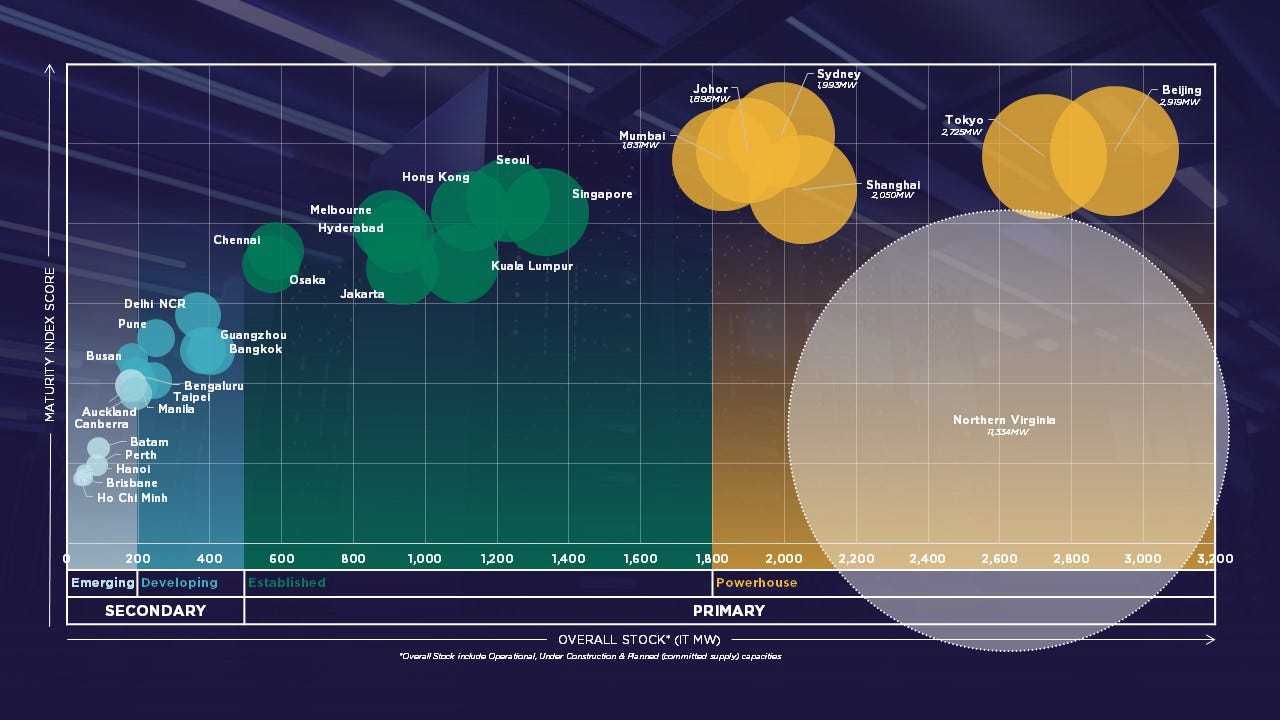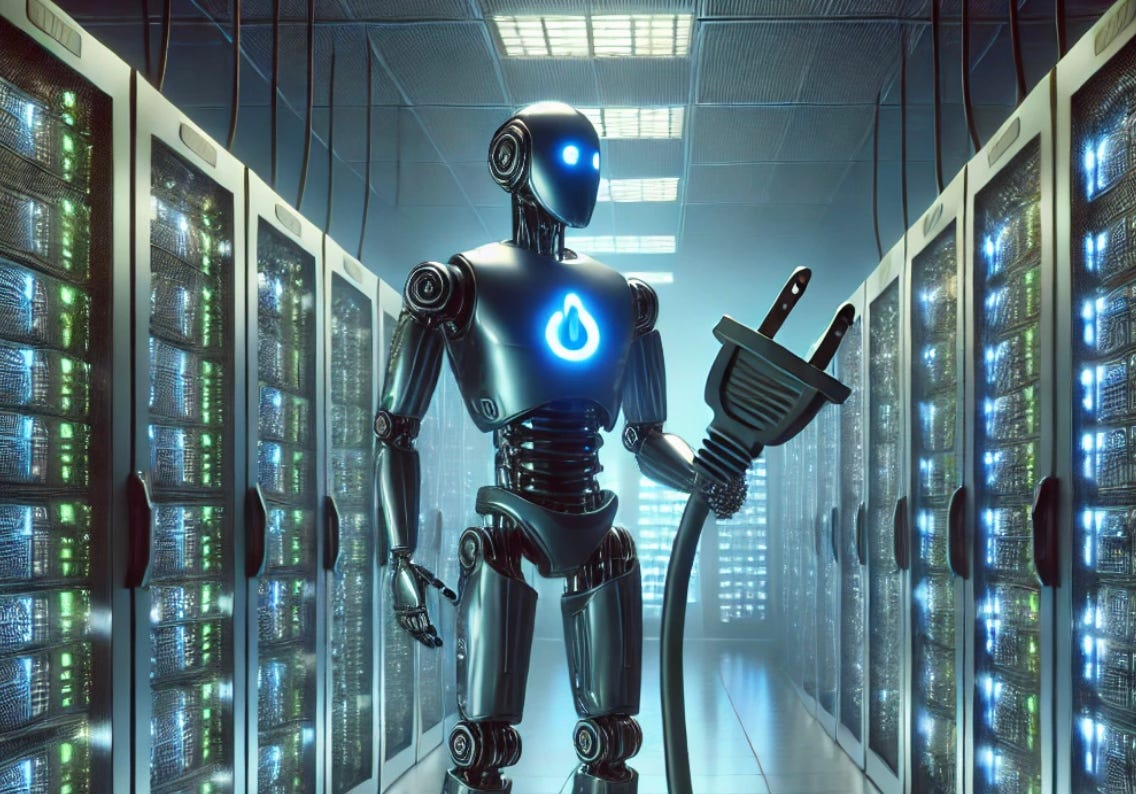Taiwan’s Power Crunch vs AI Ambitions
President Lai would like Taiwan to develop its own “Sovereign AI.” But the inconvenient truth is we don’t know how to power the data centers we need
“We will build national data centers so that Taiwan can have our own sovereign AI,” said President Lai on Tuesday at the Taipei Computer Association. This is in line with his vision to turn Taiwan into an “AI Island” and the government’s pledge to invest US $3 billion to develop the sector.
According to Nvidia, “Sovereign AI refers to a nation’s capabilities to produce artificial intelligence using its own infrastructure, data, workforce and business networks.”
This is in line with the prevailing trend away from the old model where you have a node connecting you to the cloud and wherever your compute lives. Increasingly, the training and inference workloads needs to be done on-shore to prevent sensitive data from going overseas. Indeed, data centers tend to cluster around metropolitan areas where the end users are to reduce latency.
Which brings us to the glaring problem: where is Taiwan going to find the electricity to power the High-Performance Computing data centers we need? Taiwan’s existing data centers, designed for traditional telecom and enterprise needs, are simply not up to the task of AI development. Taiwan makes the chips that makes the next generation of compute-intensive data centers possible. But ironically, it has become arduously difficult to deploy those facilities in Taiwan.
According to Taipower chairman Tseng Wen-Shen, it is no longer possible to site data centers larger than 5 megawatts (MW) in north of Taoyuan because there isn’t enough power on the grid there. That’s Taiwan’s industrial heartland as well as the biggest population center. By modern standards, a 5MW data center is also pathetically small. Data centers projects under development in Japan are in the hundreds of megawatts while Gigawatt-scale data centers (1000MWs) are already being mooted in the United States.

According to Cushman Wakefield, a leading global real-estate developer specializing in data center needs, Taipei is a “developing” data center market comparable to Manila and Bengaluru. We are behind established markets like Jakarta and Hong Kong, let alone the real powerhouses such as Tokyo and Beijing.
Feeding the second “power-hungry monster”
Taiwan TSMC is often described as a “power-hungry monster” (吃電怪獸) in Taiwan because of the sheer amount of electricity it consumes. According to S&P global, the world’s top chipmaker already uses 8% of Taiwan’s electricity supply and that number is only set to go up. And it is well-understood that when it comes to power in Taiwan, TSMC has first dibs. If that is the case, what are we going to feed our second “power-hungry monster” if we want to develop AI?
It’s rare in life that we actually have an answer to an otherwise impossible question. But for Taiwan, should it be willing, there is an atomic answer: There are eight existing nuclear power reactors on the island that can be pressed into service in fairly short order. They are mothballed because of the ruling Democratic Progressive Party’s (DPP) “No-nuclear Homeland” policy.
Taiwan’s last nuclear power reactor (Maanshan 2) will go offline in May 2025, taking the last 3% of cheap, low-carbon baseload nuclear power on the Taiwan grid with it. But idled reactors can be restarted in 1-3 years depending on how long they have been offline. There are also two Advanced Boiling Water reactors in Lungmen that we can complete in 4-6 years. In effect, around 20% of the present-day grid’s worth of power is on the table. Taiwan can choose to take it or leave it.
It could be the decision between joining in the world’s AI future and getting left behind.




Realistic energy capacity planning for Taiwan's economic ambitions has been the figurative "elephant in the room" for such a long time. Pretty much as long as I've lived in TW (20 years). Thanks Angelica for making this a consistent theme of your writing.
Can you please provide links to official or fact-based assessments that the idling reactors can be brought back online in 1-3 years? The same goes for completing the Lungmen reactors in 4-6 years. They seem very different from the government’s narrative, which is of course tainted with DDP irrationality on nuclear power.